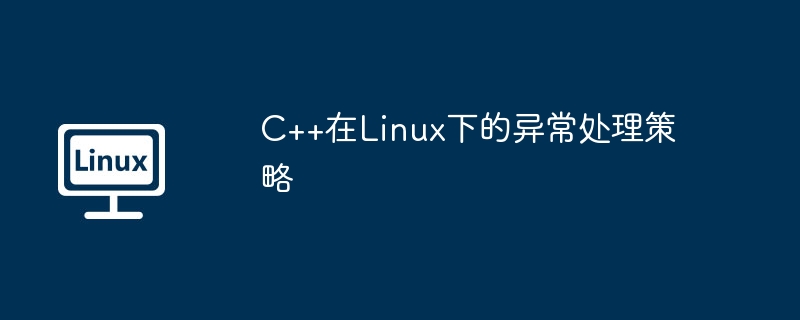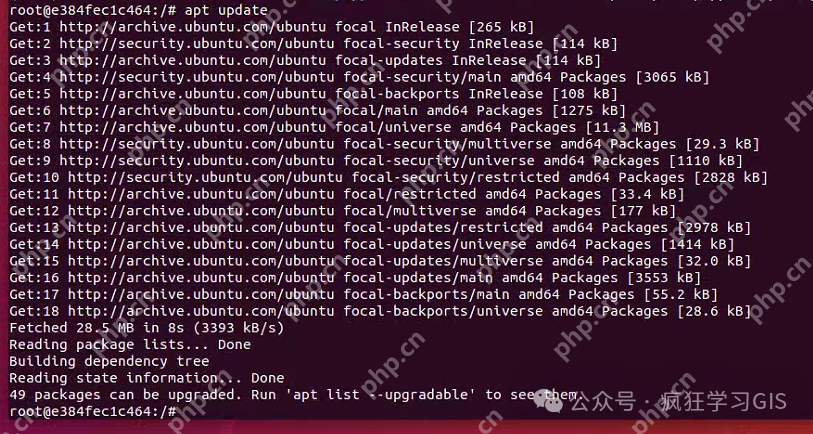
核心策略:
try { // 潜在异常代码 } catch (const std::exception& e) { // 异常处理逻辑 std::cerr << "Exception caught: " << e.what() << std::endl; }
try { // 潜在异常代码 } catch (const std::runtime_error& e) { // 处理运行时错误 } catch (const std::logic_error& e) { // 处理逻辑错误 } catch (const std::exception& e) { // 处理其他标准异常 }
- std::terminate和std::unexpected: 对于未捕获异常或意外异常类型,利用std::terminate和std::unexpected函数进行处理,确保程序的稳定性。
std::set_terminate([]() { std::cerr << "Unhandled exception terminated program." << std::endl; std::abort(); });
class File { public: File(const std::string& filename) { /* 打开文件 */ } ~File() { /* 关闭文件 */ } }; void readFile(const std::string& filename) { File file(filename); // 文件自动关闭 // 读取文件内容 }
-
标准异常类: 优先使用标准库提供的异常类,例如std::runtime_error、std::logic_error、std::invalid_argument等,以保证异常处理的一致性和可读性。
-
谨慎抛出异常: 只在必要时抛出异常,避免过度使用异常处理,以免增加代码复杂度。
立即学习“C++免费学习笔记(深入)”;
-
可重试机制: 对于可能发生异常的操作,设计可重试的机制,提高程序的容错能力。
-
异常日志: 捕获异常时,记录详细的异常信息,方便调试和问题排查。
-
单元测试: 编写单元测试,验证异常处理逻辑的正确性。
遵循以上策略,可以构建更健壮、更易于维护的C++程序,有效处理Linux环境下的异常情况。







